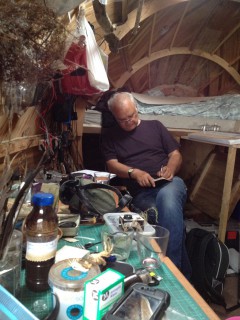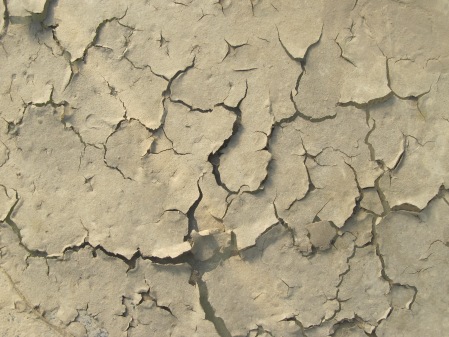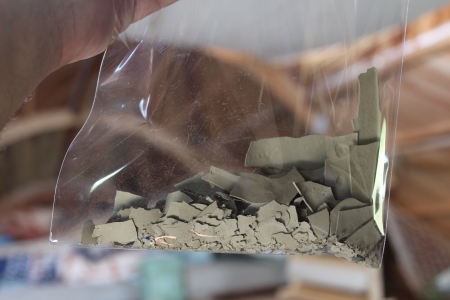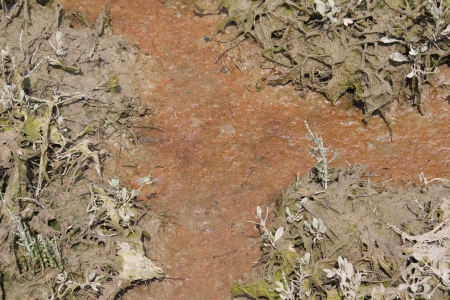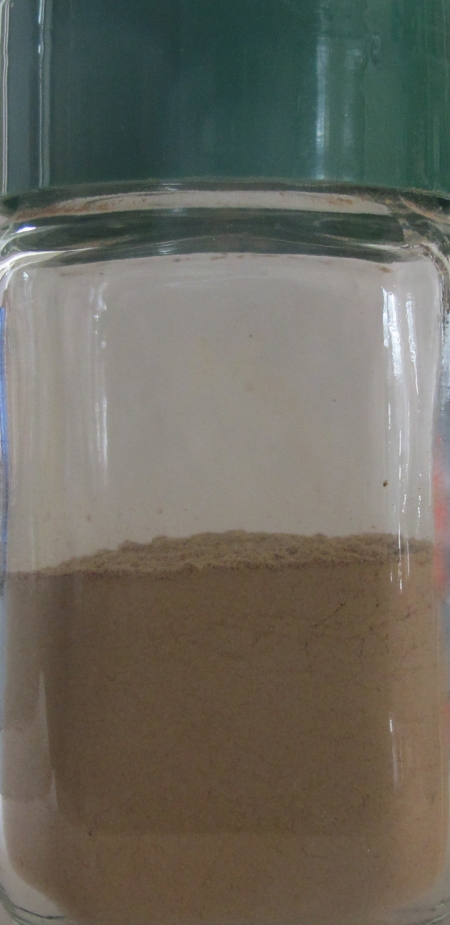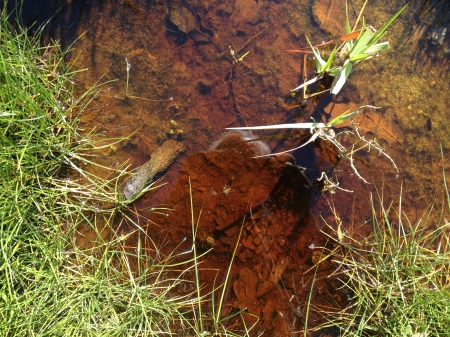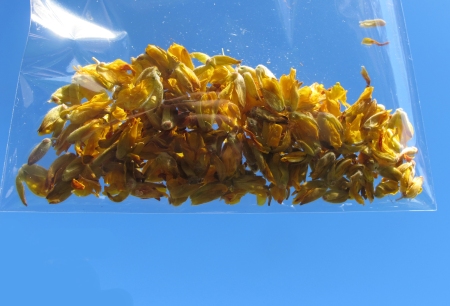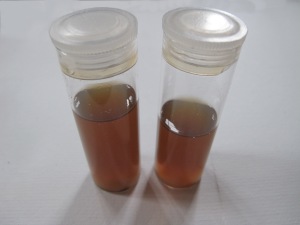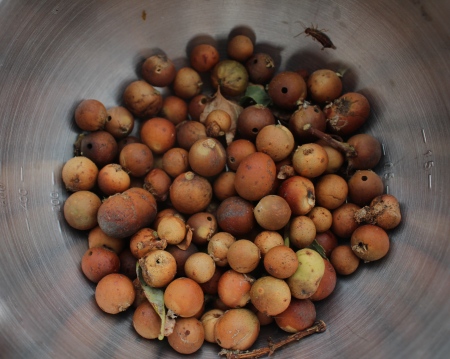The native earth of the estuary is mid toned brown in colour, a sort of Beaulieu buff which I washed and spun, then dried in the summer sun, as part of an ongoing collection of refined sediment. It is nothing out of the ordinary, a commonplace and everyday expression of the local colour of its place.
It is a collection of clays, marls and sand laid down around 33 million years ago in the late Eocene period, which was named for the dawn (eos) of a new (kainos) climate bringing different fauna and flora. Plus ça change….
